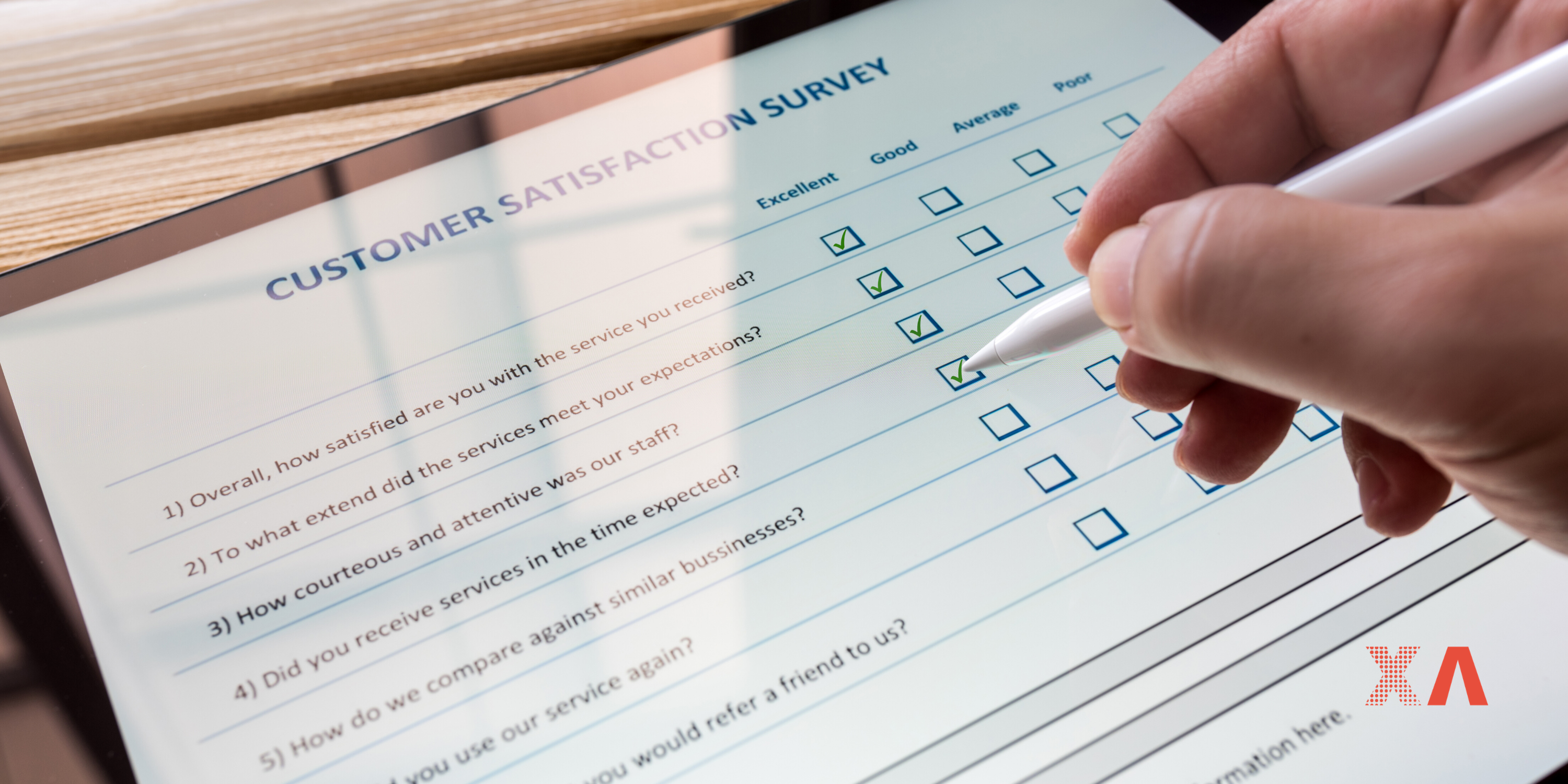Four tips from the XAmplifier team that are proven to improve customer engagement and boost customer survey response rates.
After putting in the hard work to start a customer survey campaign, it can be very disheartening to see those response rates not hitting the goals you've put in place.
With so much digital competition these days, getting the attention of your customers is not always easy, making it critical that your surveys are checking all the boxes before you start sending them. If you're unsatisfied with the response rates from your customer surveys, follow these four steps we highly recommend.
Offer Incentives on Customer Surveys
Whether it’s winning a gift card or inspiring a change in company policy, people like to see a potential benefit to completing your company’s customer survey. Sweepstakes and individual incentives, like cash rewards, typically have a positive effect on survey response rates.
Some researchers have even found a direct correlation between the value of the incentive and the percentage the response rate increased.
Target the Right Customers
If you’re surveying all your customers in one group, a stubbornly low response rate might be compromising the statistical significance of your results. To achieve statistically significant results, separate your customers into smaller groups based on their demographics or purchase history.
The data you collect from targeted groups is more specific and, therefore, more significant and useful.
Simplify Your Customer Survey
The longer the customer survey, the less likely your customers are to complete it. Lengthier surveys have an average response rate of less than 2 percent.
People might tolerate lengthier surveys related to school or work, but they’re unlikely to complete long customer surveys.
According to SurveyMonkey, the average person will spend about 10 minutes on a customer survey, whatever the length. If the survey takes longer than that, they skip questions or give up completely.
Is Your Customer Survey Optimized for Mobile?
People complete as many as 40 percent of online surveys on their mobile devices.
Cut out complex prompts and replace them with simple ranking systems and multiple choice questions, which are easier to answer with a tap of the finger.
Of course, be sure to leave one or two short answer questions so that customers have a chance to give more specific feedback.
To calculate your customer survey response rate, simply divide the total number of responses you received by the total number of surveys you sent out and, then, multiply by 100%.
Most customer surveys have a response rate of about 20 percent, although the rate can vary from more than 85 percent to less than 2 percent. There is no one ideal response rate, but higher is – of course – better.
The average company loses more than $500 of business every time a customer has a bad experience. While 95 percent of dissatisfied customers tell family, friends, and colleagues about their bad experience, just 4 percent share their experience with the company. Customer surveys are, often, the only place companies learn about the experiences that hurt their business.
For help creating effective surveys that identify your customers’ pain points, contact xAmplifier today.



